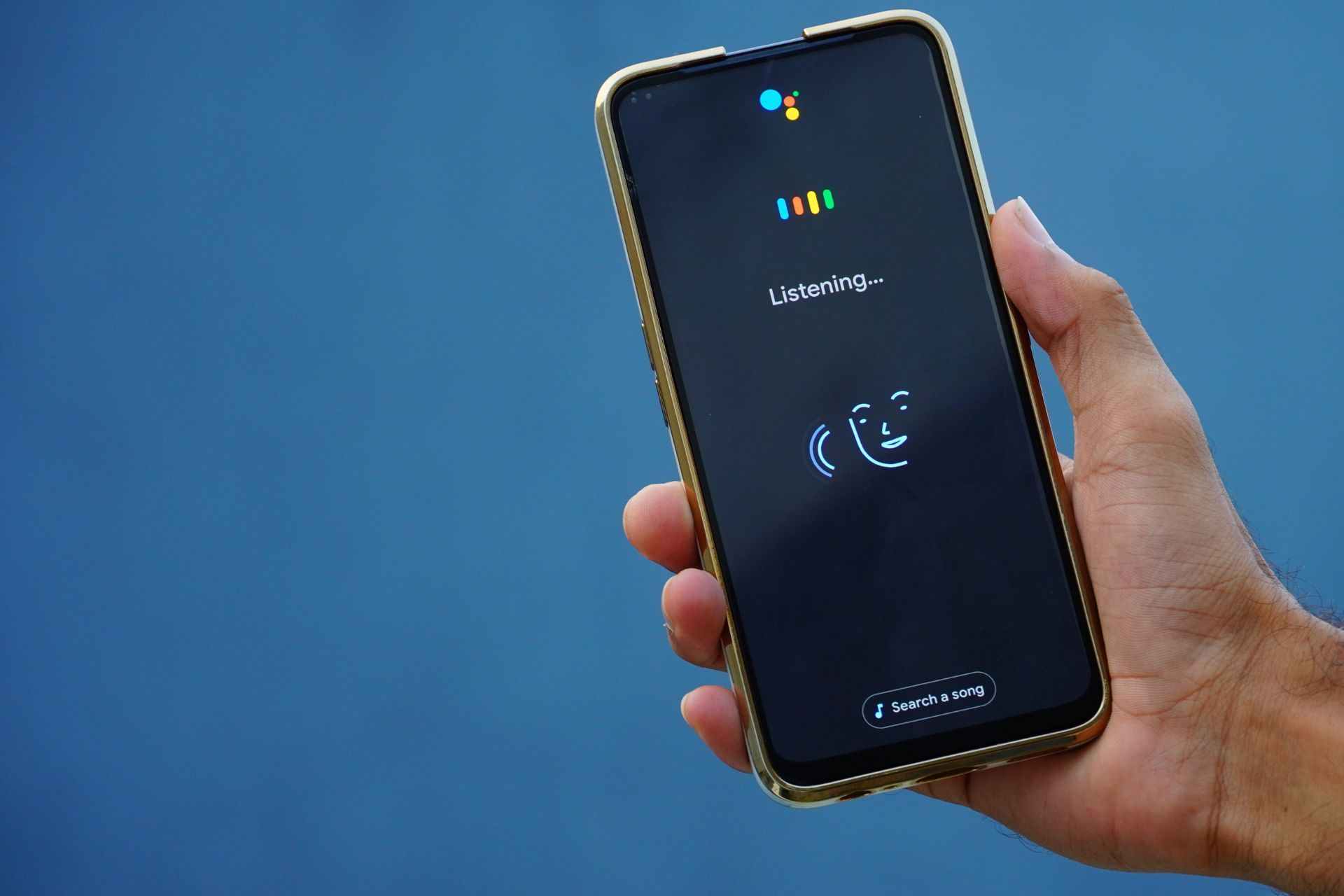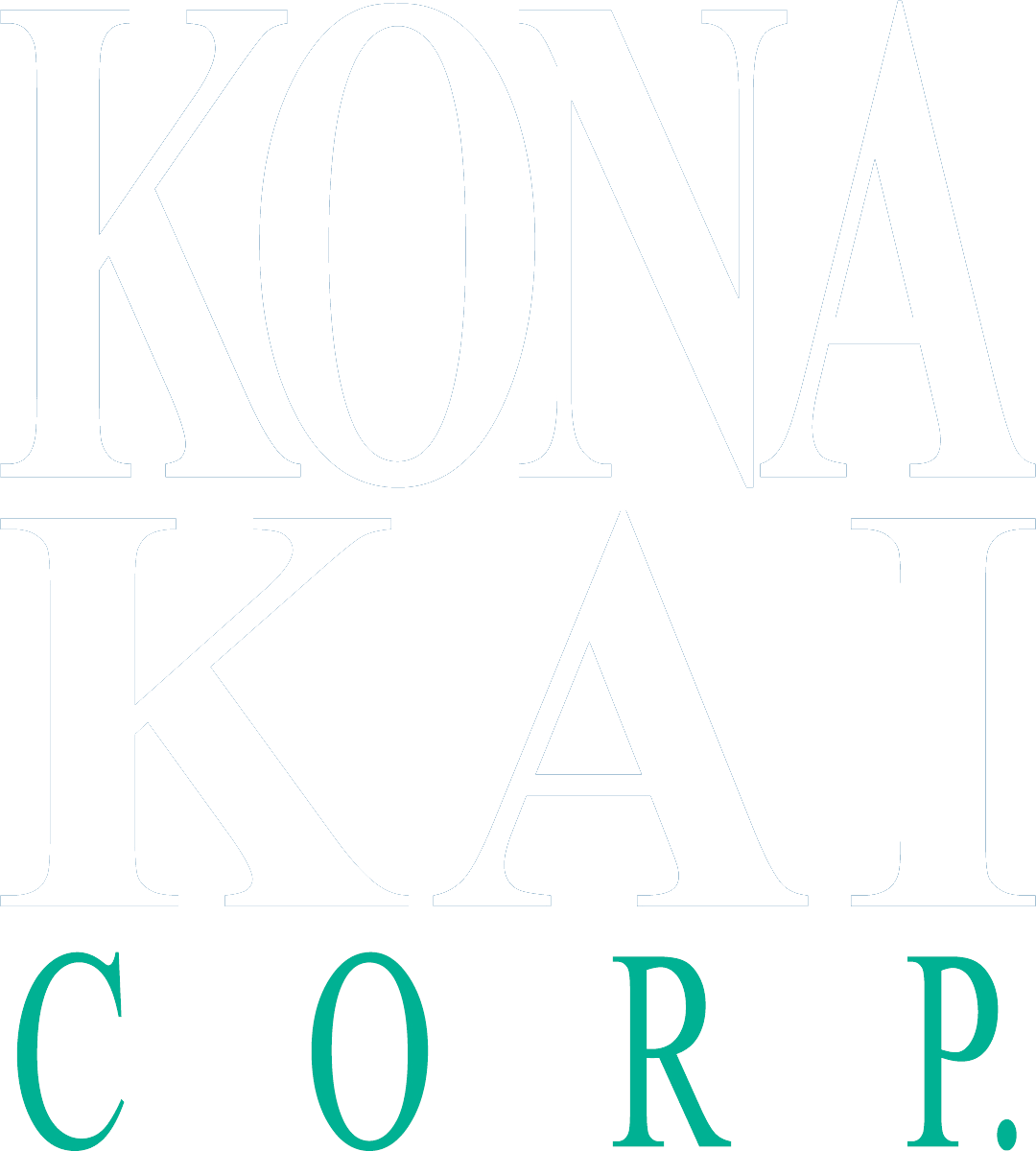How to Build an Omnichannel Strategy on Salesforce Without Overengineering It
In the rush to deliver seamless, cross-channel customer experiences, many organizations make the same mistake: they confuse omnichannel with all-the-channels—and overengineer their Salesforce architecture in the process.
At Kona Kai, we believe the best omnichannel strategies aren’t the most complex—they’re the most intentional. Here's how to design an effective, scalable omnichannel experience on Salesforce without overwhelming your teams or overextending your tech stack.
Start With the Experience, Not the Tech
Too often, companies start with systems or platform features, then try to reverse-engineer a customer experience around them.
Instead, start with this question:
What do your customers need to do—and what do they expect—across each point of contact with your brand?
Define the critical use cases across service, sales, and marketing journeys. Prioritize the highest-impact moments (such as case resolution, quote-to-bind, onboarding) and only then map the channels that matter most—email, chat, voice, SMS, social, etc.
Kona Kai tip: Don’t add a channel because it's trendy. Add it because your audience expects it—and you can support it well.
Build a Scalable, Modular Foundation
Salesforce offers a powerful suite of tools for omnichannel delivery—Service Cloud, Experience Cloud, Marketing Cloud, and more. But that flexibility can be a double-edged sword. We often see businesses try to implement everything at once, resulting in bloated routing logic, custom objects they can’t maintain, or disconnected data models.
Here’s what we recommend:
- Centralize your data first. Ensure your core objects (like contacts, cases, leads) are unified and governed.
- Use out-of-the-box features when possible. Start with Salesforce's native omnichannel routing and refine as needed.
- Prioritize flexibility. Build workflows and automations that are modular and easy to adapt as your business evolves.
Align Your Team (Not Just Your Systems)
A seamless customer experience depends on more than connected tools—it depends on connected teams. Make sure your agents, sales reps, and marketers have shared access to the right data, context, and workflows. Tools like AgentForce can help by acting as an AI-powered assistant across roles, guiding teams through interactions and reducing manual lookup time.
More importantly, embed collaboration into the way you design your Salesforce environment. That means involving cross-functional stakeholders early and testing real-world scenarios before launch.
Don’t Automate Everything
Optimize what matterd. Just because you can automate a process doesn’t mean you should. At Kona Kai, we help clients avoid the trap of over-automation by focusing on:
- High-volume, high-friction tasks (like case triage or lead assignment)
- Opportunities to improve consistency or compliance
- Clear ROI, not just convenience
Every automation should support a measurable outcome—speed, satisfaction, retention—not just internal convenience.
Test, Learn, and Iterate
Omnichannel success is a journey, not a one-time rollout. Use analytics to measure how customers move across channels, where friction exists, and how your teams are responding.
With Salesforce, you can build in feedback loops using:
- Reports and dashboards to monitor performance by channel
- AI to spot trends and route smarter
- Surveys or CSAT scoring to capture customer sentiment
Don’t be afraid to scale back what’s not working. Simplicity can be your biggest strategic advantage.
Omnichannel, Done Right
Omnichannel architecture doesn’t have to mean complex, custom-built everything. With the right strategy and a focused approach, you can deliver unified, cross-channel experiences—without overengineering your Salesforce organization.
At Kona Kai, we help organizations design practical, scalable omnichannel solutions that grow with your business—not against it.
Ready to simplify your omnichannel strategy?
Contact us for a strategy session—no bloat, just results.
INSIGHTS












